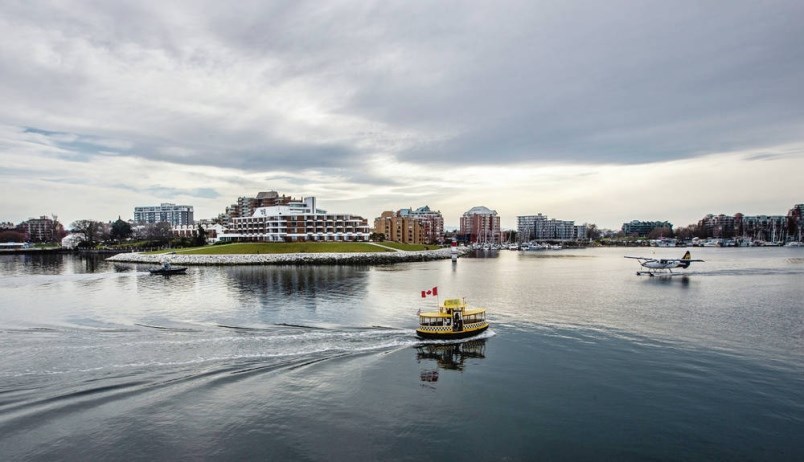An interactive map celebrating the roles of women in 500 locations across the country will help Canadians understand how towns and cities, rivers and lakes and major geographical landmarks — even undersea formations — got their names.
Users can click on the Canadian map and instantly find biographical information on the women for whom particular places were named.
In Metro Vancouver just one spot has been identified so far: Lulu Island. Eleven sites are listed on Vancouver Island, ranging from Victoria, named for the queen, to a remote submarine canyon named for a woman who ran a trading post near Zabellos.
“This is a completely new way for our youth — anyone, really — to explore geography,” said Janice Sharpe, senior director at the Canadian Centre for Mapping and Earth Observation. “It’s very different than looking at an atlas. This is a highly interactive way to look at history and geography, and quite easy to use.”
The interactive map was developed by Natural Resource Canada’s Centre for Mapping and Earth Observation in collaboration with the Geographical Names Board of Canada and provincial heritage branches. It’s the third interactive mapping project from Natural Resource Canada in four years. A commemorative map with place names honoring veterans who served Canada was produced in 2018, and an Indigenous map of place names was completed in 2019.
The women’s map — released March 8 for International Women’s Day — is categorized by theme. Coloured dots on map locations represent who the women were — pioneers, royalty and religious figures, Indigenous cultures, community service, arts/literature, medicine, science and political figures. Each has a description, some have photos and there are links to further historical data about the naming process and locations.
Steve Westley, manager at the Geographical Names Board of Canada Secretariat, said it’s the first national map of its kind and it illustrates how geospatial information plays a major role in defining national identity. Until recently, there had been little effort to identify place names by gender across Canada, and the new map tells untold or forgotten stories of women who have contributed to Canada’s rich history and to its life today. He said the place names range from the mid-1850s to as recent as 2019. More names will be added to the maps in the future, he added. “We welcome the input.”
Westley said the Geographical Names Board of Canada is the national co-ordinating body responsible for official place names. It is made up of representatives from each provincial and territorial naming authority, as well as several federal departments and agencies.
The members of the board work to research, standardize, approve, record and promote the official geographical names of Canada. “It was really a team effort from the provinces and territories,” said Westley.
In British Columbia, provincial toponymist Carla Jack, who works in the B.C. Geographical Names Office as part of the Ministry of Forestry and Lands, selected the place names and compiled the historical data for the map.
There are 43 B.C. locations on the map, but Jack said more will be added as research continues.
“It’s quite a challenge to identify all the names and data,” she said, noting the province has more than 41,000 official names for communities and natural landmarks, and it’s not always obvious which might have been named for women.
Researchers scoured geographical databases with keyword searches using common names, pronouns, historical professions and others that could produce results.
Jack said when place names were produced, there were varying amounts of information — from multiple volumes and sources to nothing at all, which was the case with Celia Reefs, an underwater rock formation off Swartz Bay.
“Overall, [the map] is a powerful virtual learning tool,” she said. “It’s valuable to help people think a little more deeply about the stories about the places in our province.”



.jpg;w=120;h=80;mode=crop)